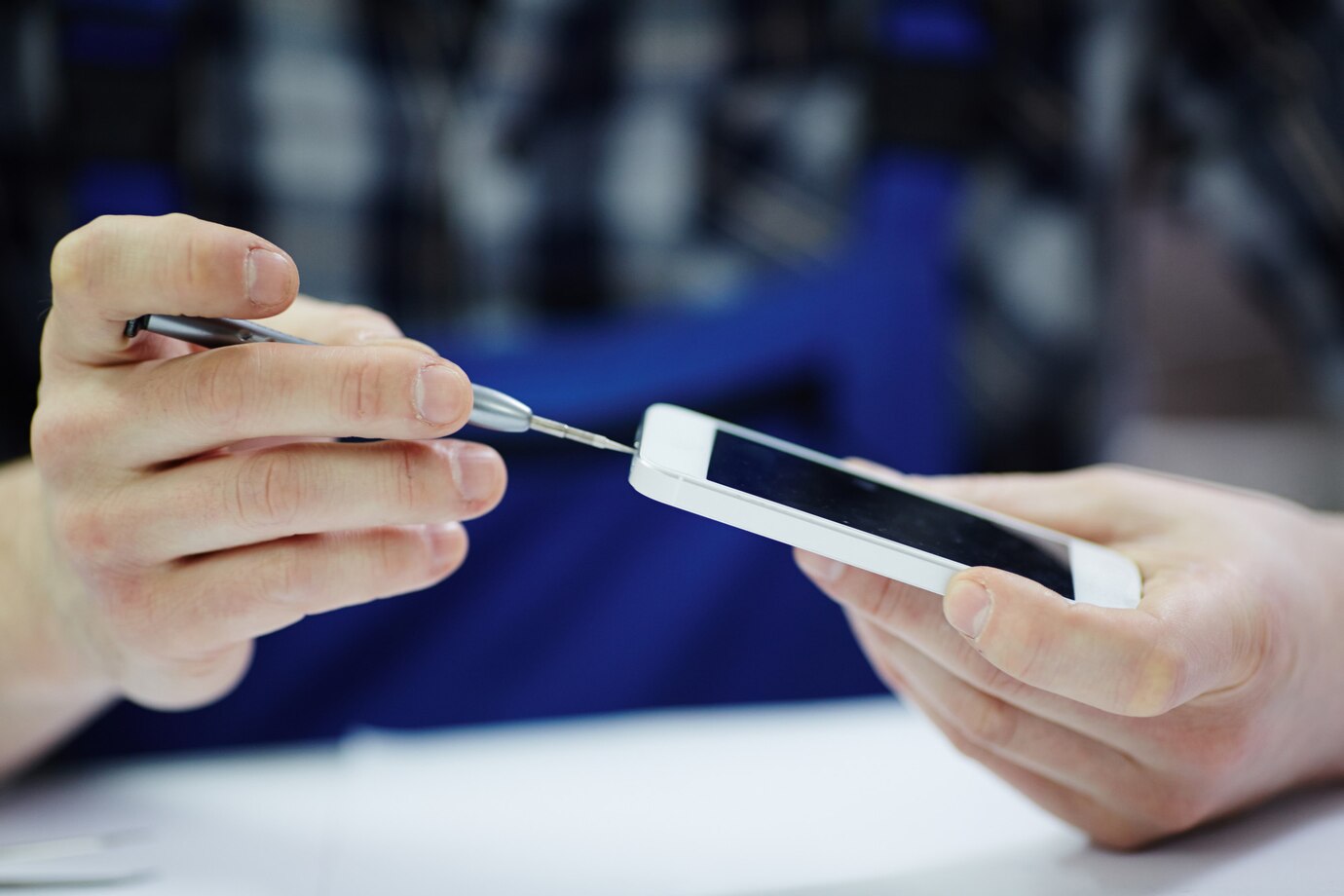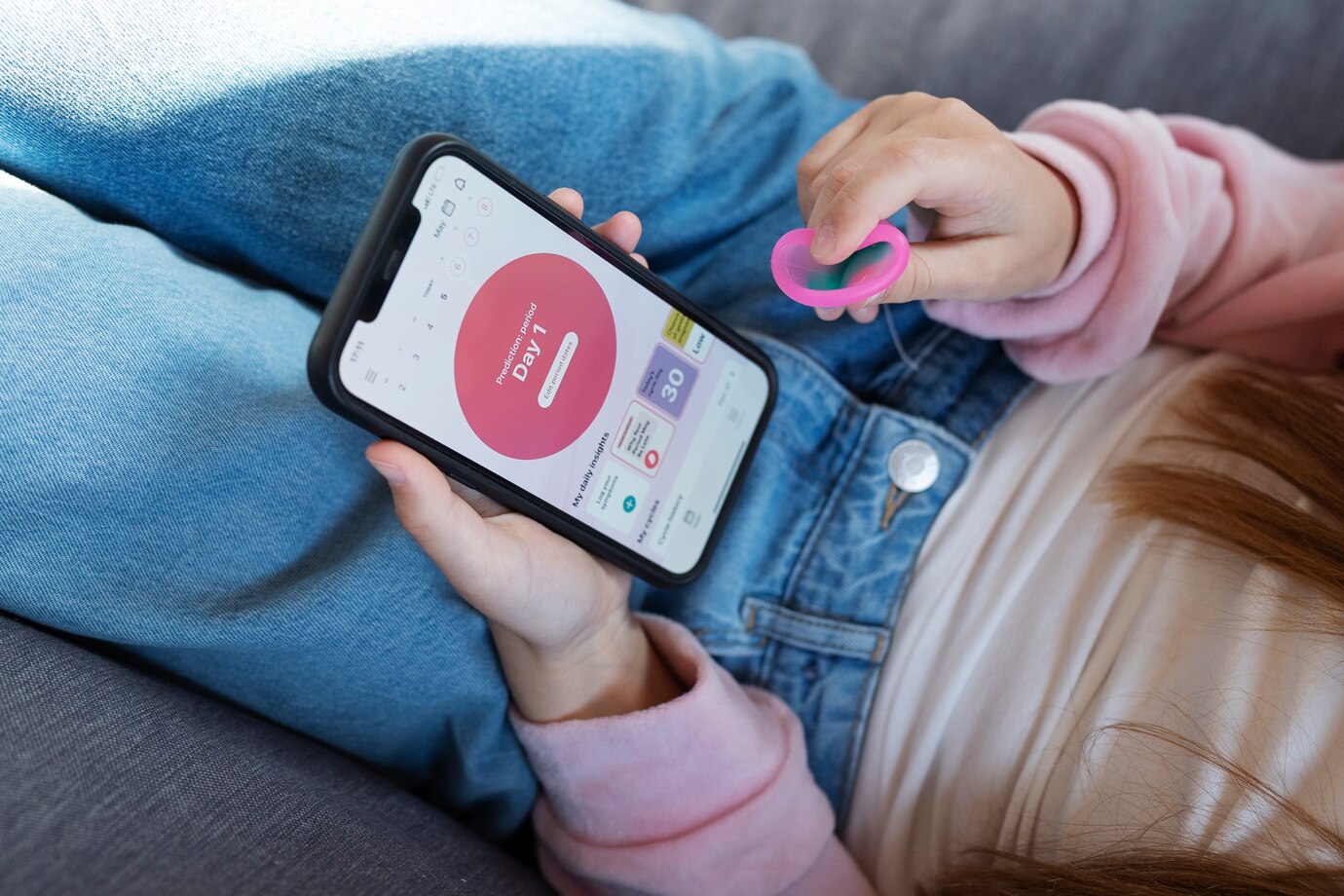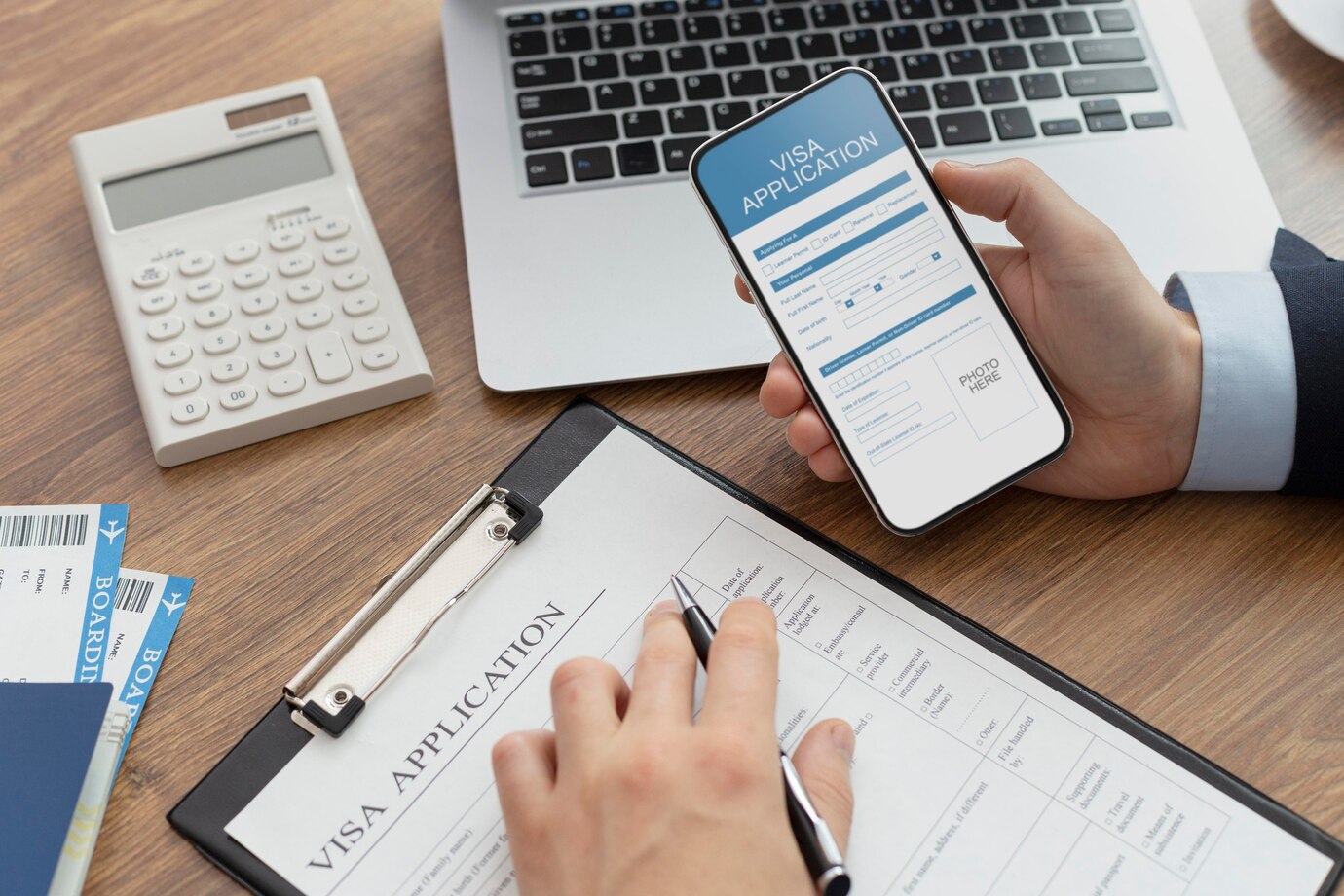How to Conduct a Mobile App Usability Test
In today’s competitive digital world, mobile applications have become an essential part of our daily lives. As a result, providing users with an intuitive and seamless experience is crucial for any Mobile App success. A Mobile App usability can make or break its reputation and user engagement. This is where usability testing comes into play. Conducting a Mobile App usability test is crucial for identifying potential issues before the app reaches a wide audience. This article serves as a step-by-step guide for mobile app developers on how to conduct effective usability tests that ensure their apps provide the best user experience.
What Is Mobile App Usability Testing?

Usability testing refers to the process of evaluating a mobile application by testing it with real users. The primary goal is to assess how easy and efficient the app is to use. Usability testing helps identify design flaws, navigation issues, and other barriers that could affect the user experience. By identifying and addressing these concerns early in the development process, mobile app developers can enhance the overall functionality of the app and ensure it meets user expectations
The Importance of Usability Testing for Mobile App Developers

For mobile app developers, usability testing is not just a “nice-to-have” practice; it is an essential step in the development process. A well-conducted usability test ensures that the app’s design, functionality, and user interface (UI) are intuitive and user-friendly. Without proper testing, there is a high chance that users will encounter frustrating issues that lead to uninstalls and poor reviews. By conducting usability tests, developers can:
1. Detect potential problems early
2. Optimize the user interface and experience
3. Ensure higher user retention
4. Improve app ratings and reviews
5. Minimize the risk of app failure
6. Steps to Conduct a Mobile App Usability Test

For mobile app developers, conducting a usability test requires a well-thought-out plan. Here are the steps to follow to ensure the usability test provides actionable insights:
1. Define the Purpose of the Test

Before diving into usability testing, it is essential to define the purpose of the test clearly. Ask yourself: What aspects of the app do you want to test? Are you focusing on navigation, the ease of completing tasks, or the overall design of the app? Understanding the specific goals of the usability test will help guide the entire process and ensure the results are relevant. Whether you're testing a new feature or assessing the overall user experience, defining the purpose will set the stage for the next steps.
2. Select the Target Audience

The effectiveness of usability testing depends on how closely the test group mirrors the app’s actual users. As a mobile app developer , it’s important to select participants who represent the target audience of your app. For example, if you’re developing a fitness app, your test participants should be individuals who are interested in fitness and are likely to use the app regularly. By testing with real users, you gain valuable feedback on how the app performs in real-world scenarios. You can recruit participants through social media, forums, or by using dedicated usability testing platforms.
3. Develop Test Scenarios

Once you’ve identified the target audience, the next step is to create realistic test scenarios. These scenarios should mimic the tasks that users would typically perform when using the app. For example, if your app is an e-commerce platform, a scenario might involve users searching for a product and completing a purchase. The goal is to assess how well users can navigate through the app and complete the task without assistance. Make sure that the scenarios are straightforward but also cover different aspects of the app, such as searching, browsing, signing up, or making a purchase.
4. Choose the Right Testing Methods

There are several usability testing methods that mobile app developers can choose from, depending on the goals of the test. Common methods include:
1. Remote Testing:
test the app from their location, allowing you to gather feedback from a wide range of users. This method is often preferred when you have a large user base or limited access to testers.
2. In-Person Testing:
This method involves testing with participants face-to-face. It allows you to observe users directly and gain more detailed insights into how they interact with the app.
3. A/B Testing:
In A/B testing, you present users with different versions of the app to see which one performs better. This method is useful for testing specific changes or features within the app.
Choose the method that best suits your needs and ensures that you collect useful feedback.
5. Conduct the Test

With everything in place, it’s time to run the test. Provide participants with the necessary instructions, and encourage them to complete the tasks independently. As a mobile app developer , it’s crucial to observe how participants interact with the app. Take notes on where they struggle, how they navigate through the app, and any areas where they may become frustrated. If you’re conducting remote testing, ensure that the participants know how to share their screen or provide feedback on their experience.
6. Analyze the Results

Once the usability test is complete, it’s time to analyze the results. Look for patterns in the data, such as areas where users frequently encountered issues or tasks that they had trouble completing. Pay attention to both quantitative data (such as task completion rates or time taken to complete a task) and qualitative feedback (such as comments on the app’s design or navigation). This analysis will give you a comprehensive view of the app’s usability and provide insights into the areas that need improvement.
7. Implement Changes and Repeat Testing

Based on the insights gained from the usability test, make the necessary changes to improve the app’s usability. This might involve simplifying the navigation, changing design elements, or improving task flows. Once you’ve made the adjustments, it’s important to test again, either with the same users or a new group. Usability testing is an iterative process, and repeated testing is necessary to ensure continuous improvements.
Conclusion

For mobile app developers, conducting usability tests is an essential part of the development process. It helps identify areas of improvement, enhances the user experience, and ensures that the app meets the needs of its target audience. By following the steps outlined above, mobile app developers can gather valuable feedback, optimize their designs, and ultimately create a more successful and user-friendly app. Remember, a well-tested app is more likely to gain positive reviews, achieve higher user retention, and stand out in the competitive app marketplace.






